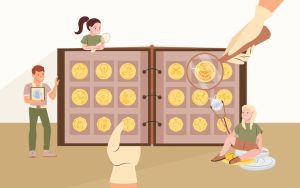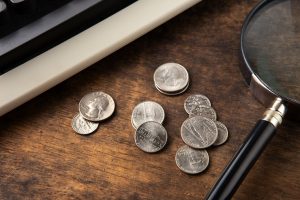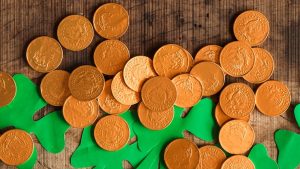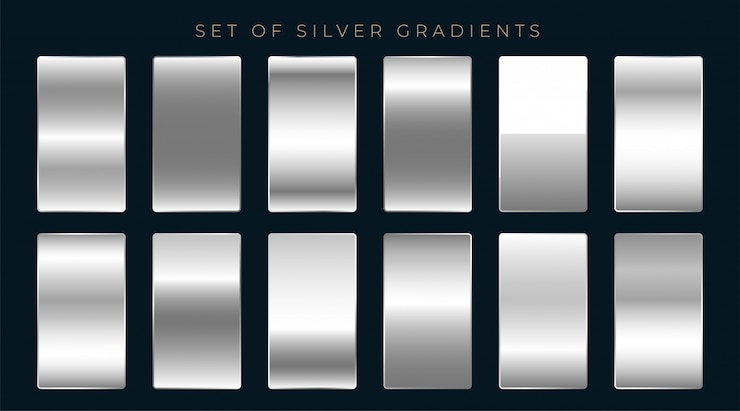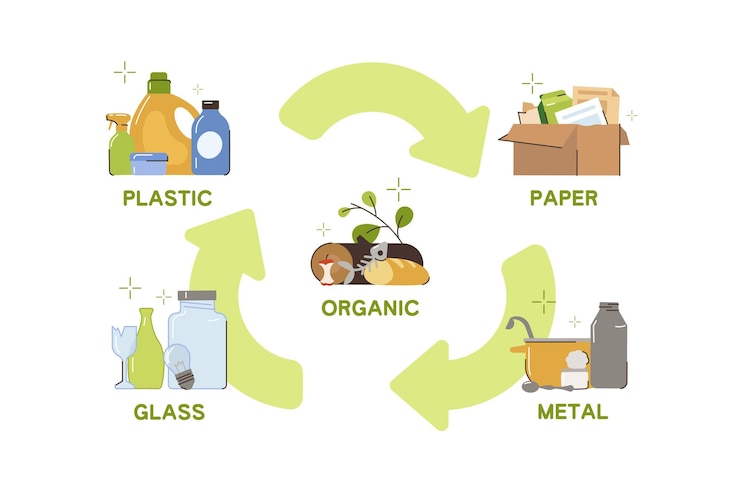
During a recent decluttering spree, I stumbled upon six old red books I’ve cherished since I started collecting back in the summer of 2012. At first, I thought I’d never part with them because I’m quite passionate about what I love. However, as they gathered dust on my bookshelf, I realized that embracing minimalism means finding new homes for them. These books could be invaluable to new collectors who are not particular about the edition year and are just beginning their journey in this hobby.
Despite fluctuations due to coin types and market demand, these books offer excellent resources, which explains why many of us hold onto them for so long. But realistically, one copy should suffice.
Instead of keeping all this knowledge to myself, I’ve made the decision to release them back into the world to inspire upcoming collectors. Here are four rewarding ways I’ve found to do this, which you might want to consider.
One ideal option is your local coin club. Many clubs host educational events and collaborate with organizations like the Boy Scouts. Although there might not be an immediate need for extra copies, having them on hand can enrich their libraries for members who can’t frequently update their collections.
Another way is to sell these red books at the next club auction. It’s a beneficial move for both you and your club, as you can earn some money while ensuring other members get a great deal. Recently, I sold one for just $4.00, which is more than half off the sticker price!
Consider donating your old coin books, including the red ones, to your town’s library. Most libraries lack recent resources on coin collecting, so your donation could be immensely helpful. It’s a gift that keeps on giving!
Additionally, similar to library donations, thrift stores often lack materials on coin collecting. By donating there, you might accidentally pique a young person’s interest or rekindle a passion in someone with a forgotten collection. Plus, depending on your taxes, you could get a minor write-off.
For a fun twist, you could donate to a Little Free Library. These small book exchanges let people take or share books freely. If your town has one (check the map), it’s a charming way to spread the joy of reading. I donated one of my red books to a tiny library near a school, hoping to inspire a young reader—and it was gone within two days!
These large books are heavy, but leaving them on the floor isn’t ideal either. They add heft to your personal library by combining coin valuing, grading guides, and extensive research. They’re wonderful to own, but again, one copy is sufficient.
So, if you’re not aiming for a complete red book collection amidst your other hobbies, think about passing some copies along to spread the love of coin collecting. And as a bonus, you’ll have tidier bookshelves.
******
Note: I did keep my precious 1947 second edition red book, which is worth around $150. I’m saving it for someone special before it gets damaged. It’s a struggle preserving rare books, and I admire collectors who manage it!
Note II: Don’t own a copy of a red book yet? Get one to enhance your knowledge! They offer “retail” values as ballpark figures, and you’ll learn a lot, potentially identifying rare coins. You can find them on Amazon for around $10.00 or check your local library or coin club. (FYI: All Amazon links are affiliate links.)
